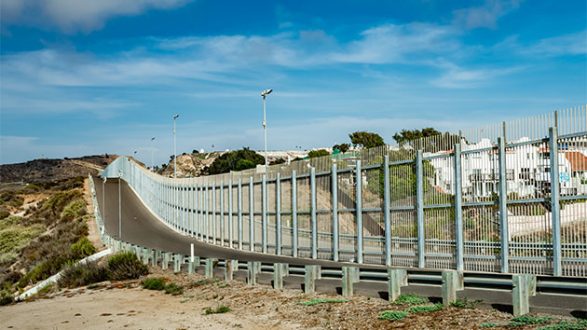
 Photos597/iStock(WASHINGTON) — Despite a decline of more than 60% over the last four months, the number of unauthorized migrants stopped at the southern border reached nearly 1 million in the 2019 fiscal year — the most in more than a decade.
Photos597/iStock(WASHINGTON) — Despite a decline of more than 60% over the last four months, the number of unauthorized migrants stopped at the southern border reached nearly 1 million in the 2019 fiscal year — the most in more than a decade.
“These are numbers that no immigration system in the world is designed to handle — including ours,” Mark Morgan, the acting head of U.S. Customs and Border, told reporters in the White House briefing room on Tuesday.
More than 52,000 migrants were stopped at the U.S. border in September, Morgan added. That pushed the 2019 total to more than 975,000, according to CBP data.
It’s important to note though, previous administrations focused their CBP data on those apprehended at the border between points of entry, not those who were denied entry at legal points of entry based on missing or inaccurate documentation.
The Trump administration has attempted a variety of tactics to put a hard stop on unauthorized crossings while also restricting options for legal entry. Court challenges from advocacy groups have disrupted many of these policy changes, but the executive branch maintains far-reaching powers at the border because the Justice Department is responsible for running the asylum adjudication process.
The administration’s ban on asylum seekers from countries other than Mexico has been partially blocked and reinstated multiple times by federal courts. The vast majority of arrivals over the past year came from Central American countries that lack robust systems for processing asylum seekers — Guatemala, Honduras and El Salvador, the data shows.
The legal back-and-fourth has created more questions for asylum seekers waiting at the border. Last month, the Supreme Court stepped in and allowed the administration’s severe asylum restrictions to continue, pending further judicial review.
Frustrated with the legal process, President Donald Trump resorted to putting direct pressure on Mexico. In June, he threatened to impose tariffs on Mexican goods if the country didn’t ramp up its own enforcement efforts.
In the months that followed, Mexico President Andrés López Obrador oversaw the deployment of thousands of Mexican troops to the country’s northern and southern borders.
The administration’s “Remain in Mexico” policy, first tested at single ports of entry earlier this year, has been implemented across the southern border. Under the policy, formally called “Migrant Protection Protocols,” those seeking legal entry were sent back to Mexican border towns to wait for their asylum claims to be processed.
“We’re now sending the message that if you’re coming here as an economic migrant, you’re not going to be allowed into the United States,” Morgan said. “That’s driving a lot of people to return.”
Immigrant advocates have documented cases involving especially vulnerable migrants, including pregnant women and their children, who have faced violence, kidnapping and limited access to medical care upon after being sent back.
Lawyers for the administration have argued in court that migrants who fear returning to Mexico can raise those concerns with immigration officers, but with language barriers and a general confusion surrounding the process, advocates said that’s not enough.
“You have no time to prepare,” Judy Rabinovitz, an American Civil Liberties Union lawyer, argued before the 9th Circuit Court of Appeals on Friday. “You have no notice that you should even be talking about your fear of return to Mexico. If you have an attorney, you can’t consult with an attorney.”
Despite the ACLU’s legal challenge, the policy has been allowed to continue while a federal appeals court further reviews the policy.
Copyright © 2019, ABC Audio. All rights reserved.










